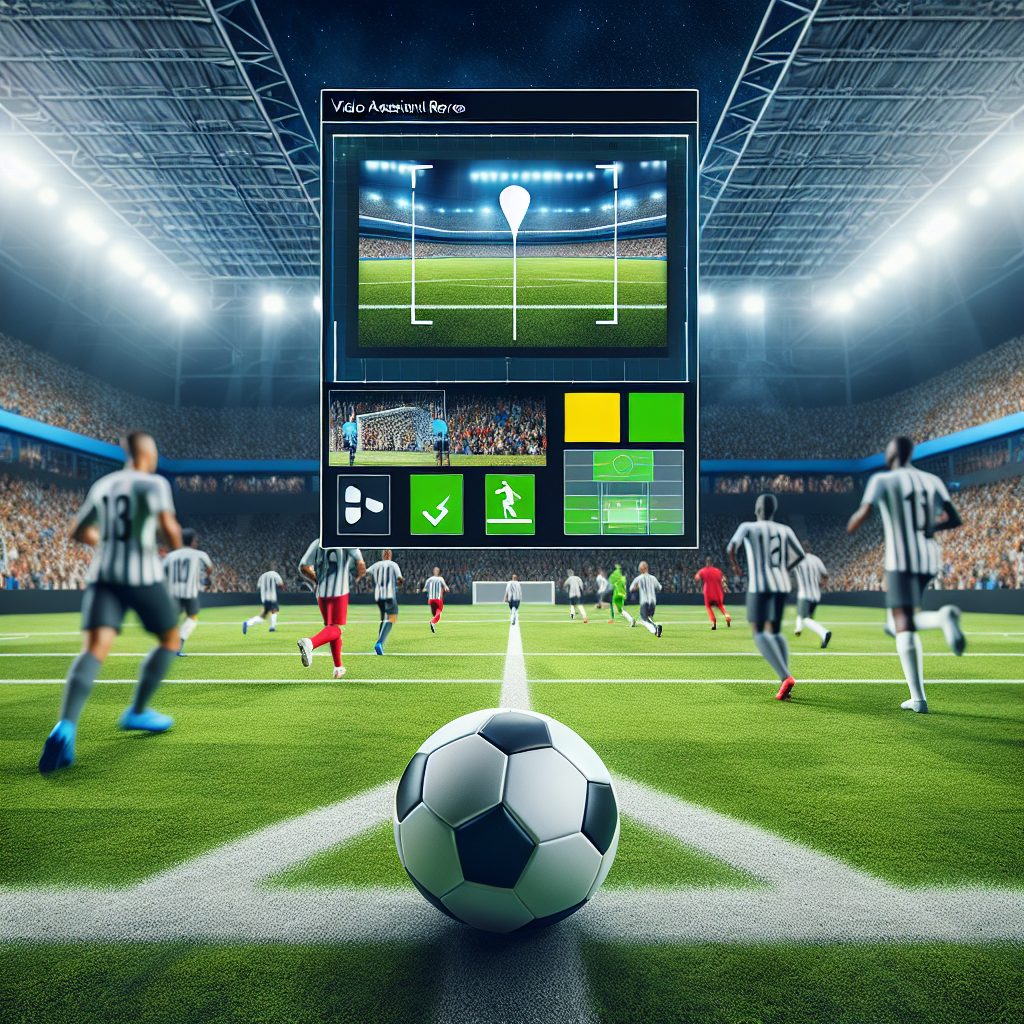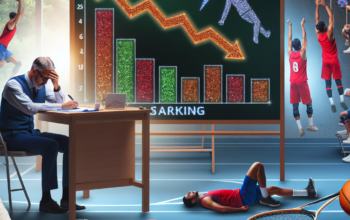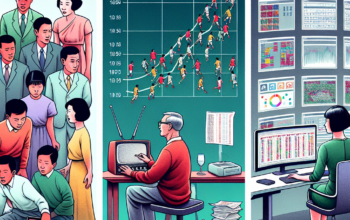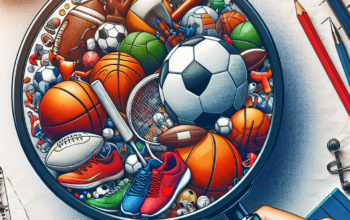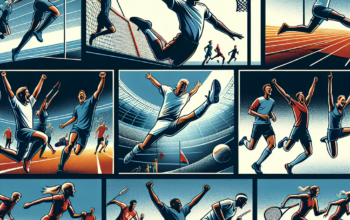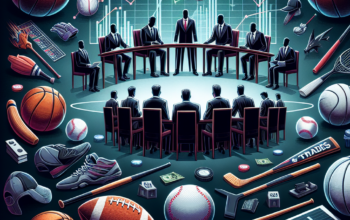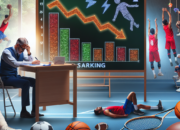The Role of VAR in Determining Soccer Scores
Soccer, the world’s most popular sport, has seen a significant evolution in recent years, particularly with the introduction of the Video Assistant Referee (VAR). As of 2025, VAR plays a critical role in determining soccer scores, influencing matches across all levels, from local leagues to major tournaments like the FIFA World Cup. This technology aims to enhance fairness and accuracy in officiating decisions, ensuring that goals are rightly awarded or disallowed. In this article, we will explore the multifaceted role of VAR and its impact on the beautiful game.
Understanding VAR: A Revolutionary Technology in Soccer
The Video Assistant Referee (VAR) system was officially implemented by FIFA in 2018 to assist match officials by reviewing decisions made during matches. Comprising a team of video officials, VAR uses various camera angles and slow-motion replays to analyze crucial moments, including goals, penalty decisions, red cards, and cases of mistaken identity. This technological advancement has transformed how soccer is officiated, encouraging a more accurate assessment of key game incidents.
As we approach 2025, the integration of VAR has become even smoother, with updated protocols and improved technology ensuring quicker decisions. Despite its advantages, VAR’s role in determining soccer scores has stirred up controversy. Fans and players alike have voiced concerns about the disruption it causes to the flow of the game and the perceived inconsistency in its application. Nevertheless, VAR continues to evolve, striving to minimize errors and enhance the integrity of soccer.
The Impact of VAR Decisions on Match Outcomes
VAR significantly influences match outcomes by reviewing critical moments that could change the scoreline. For instance, a potential goal can be overturned after a VAR review if it is proven that the attacking team was offside or committed a foul leading to the goal. This dual role of enhancing fairness while also potentially frustrating teams and supporters alike showcases the complex dynamics VAR introduces to the game.
In the 2024 season, VAR’s impact was particularly evident during high-stakes matches, where moments were finely balanced. One notable case involved a championship decider where a last-minute equalizer was ruled out after a tense VAR review, maintaining the status quo for the leading team. Such decisions underscore VAR’s power: they can shift the momentum of a match and define seasons, making its role in determining scores pivotal.
VAR and Its Contribution to Fairness in Officiating
One of the most significant advantages of VAR is its contribution to fairness in officiating. Soccer, by nature, is a fast-paced game where split-second decisions can lead to significant implications. With VAR, match officials are provided with a safety net, allowing them to correct clear and obvious errors. In numerous cases throughout the 2024 and 2025 seasons, VAR intervention has led to the right calls being made—whether it’s awarding a legitimate goal that was initially disallowed or rectifying a wrongly given penalty.
However, the fairness brought by VAR has not come without challenges. Critics argue that the technology can inadvertently create new injustices based on the subjective interpretation of incidents. Referees often face immense pressure when assessing VAR decisions, especially during high-profile matches. The calls to maintain the spirit of the game lead to ongoing discussions about how VAR can continue to improve its application and accommodate the fast-paced nature of soccer.
The key takeaway is that VAR is designed to uphold the integrity of the game by ensuring that legitimate goals and penalties are rewarded and unfair advantages are nullified. Yet, the implementation process is still a work in progress, necessitating further refinement to tackle its limitations successfully.
Challenges and Controversies Surrounding VAR
Despite its noble intentions, VAR is not without challenges and controversies. One primary concern revolves around the inconsistency in decision-making. Different referees may interpret similar incidents in varying ways, which can lead to frustration among fans and players. For instance, in the 2025 UEFA Champions League matches, debates erupted over a series of controversial handball decisions, some being penalized and others not, which left many questioning the criteria used.
Moreover, the time taken for VAR reviews can disrupt the natural rhythm of a match. In a sport that thrives on momentum and continuous play, long stoppages for technology checks can diminish the overall experience for players and supporters. Stadium atmospheres often fluctuate during VAR checks as fans are left in uncertainty about the upcoming decision, leading to heightened emotions and, at times, vocal dissatisfaction.
Finally, the clarity of communication regarding VAR decisions has also been a topic of scrutiny. Fans and analysts often express frustration over not having immediate access to the reasoning behind calls made through VAR. This lack of transparency can lead to appropriations of outrage over mistakes that could be easily clarified, hampering public perception and acceptance of the system.
The Future of VAR in Soccer
As of 2025, the future of VAR in soccer seems promising, with ongoing adjustments aimed at refining its implementation. The current trajectory suggests that governing bodies, including FIFA and UEFA, are keen on enhancing VAR’s effectiveness while addressing its controversies. Already, there are discussions about integrating artificial intelligence (AI) into VAR systems to streamline decisions, promote consistency, and reduce stoppage time.
Additionally, better integration of technology into the viewing experience is another future direction for VAR. Innovations in broadcasting could ensure that spectators in stadiums and at home receive real-time updates about VAR checks, along with insights into the rationale behind critical decisions. Such advancements could enhance mutual understanding between fans and officials, thus bridging the gap created by misunderstanding.
Moreover, as technology becomes more sophisticated, the potential for refining offside calls is on the horizon. Systems capable of pinpointing offside positions with higher precision could eliminate ambiguities currently associated with human interpretation. While some argue that soccer shouldn’t rely excessively on technology, the evolution of VAR could indeed lead to a more balanced approach between technology and human officiating.
VAR’s Influence on Soccer Scores: A Broader Perspective
The influence of VAR on soccer scores extends beyond individual matches; it has implications for team strategies, player behaviors, and even league standings. In 2025, we see teams adapting their approaches based on VAR’s presence in the game. Coaches now prioritize training players to avoid situations that may lead to VAR reviews, such as clear fouls or handballs. This change in tactical planning indicates a shift in how teams view the game, enhancing their awareness of the consequences of potential VAR interventions.
Furthermore, VAR’s ability to correct injustices can encourage a more open style of play. With the assurance that factual errors can be rectified, teams may feel more liberated to express themselves on the pitch, knowing that unfair advantages will be managed. Thus, VAR not only determines individual matches but shapes the overall dynamics of competition, promoting a fair yet competitive environment that elevates the standard of play.
Additionally, VAR has sparked a cultural transformation within soccer. The discussion around the ‘human element’ of officiating has intensified, leading to debates about the necessity of technology in seemingly traditional sports. As clubs, players, and fans acclimatize to the newfound authority of VAR in determining scores, the focal point of such discussions often revolves around retaining the spirited nature of soccer while embracing the evolution of technology.
Conclusion
In conclusion, the role of VAR in determining soccer scores is multi-dimensional, encompassing fairness, controversy, and evolving dynamics within the sport. As technology continues to advance, VAR’s impact will only deepen, with governing bodies striving to refine its implementation. While challenges remain, the overarching aim of VAR is to ensure a just outcome for every match, balancing the traditional spirit of soccer with the growing demand for accuracy. As we look toward the future, the journey of VAR within soccer is one to watch, promising an evolving relationship between technology, the game, and its passionate fans.
FAQs
What is VAR in soccer?
VAR, or Video Assistant Referee, is a technology system implemented in soccer to assist match officials by reviewing critical moments during a game using video footage. It aims to enhance the accuracy of officiating decisions.
How does VAR affect soccer scores?
VAR affects soccer scores by allowing referees to overturn or confirm goals, penalties, and other pivotal incidents, ensuring that the final score reflects the true outcome of the match.
Is VAR always used in soccer matches?
While VAR is widely used in major competitions like the World Cup and UEFA Champions League, its implementation can vary at different levels of soccer leagues and competitions. Not every league may have the technology in place.
What are the main criticisms of VAR?
Criticisms of VAR include its perceived inconsistency in decisions, the disruption it causes to gameplay, and the lack of clarity in communication regarding decisions made during VAR reviews.
What improvements can be made to VAR in the future?
Future improvements to VAR could include the integration of AI technology for more accurate decision-making, better communication methods for fans, and enhanced systems to streamline offside rulings.
